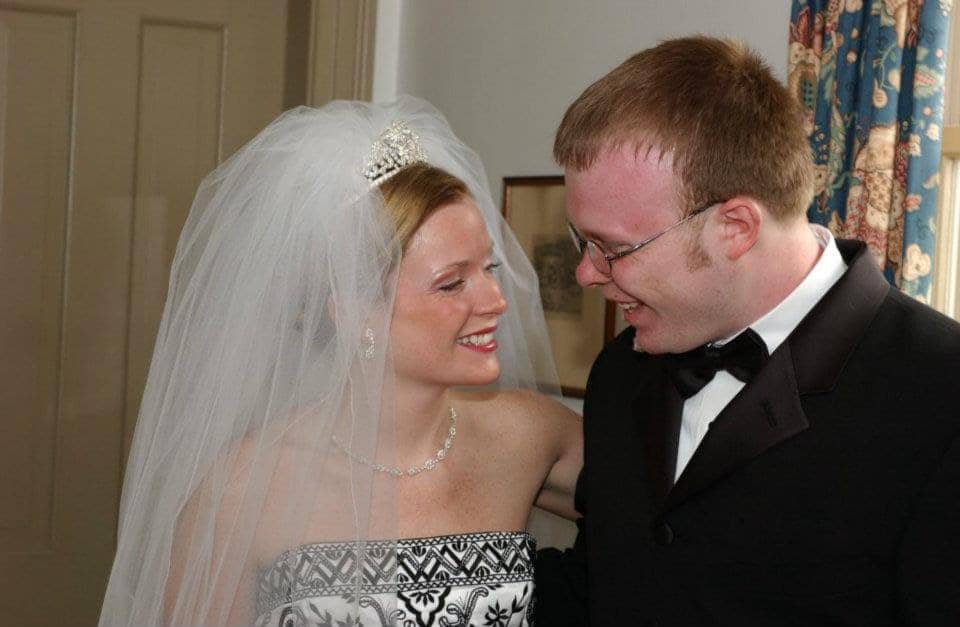At the age of 12 I had become an incessant chatterbox, often to the irritation of my dad, Chubby.
One Sunday afternoon I was in Dad’s home office fumbling with some of the gadgets on his desk, rambling on about my Heathkit Ham radio.
Chubby was quiet and focused, pensively writing real estate ads. Suddenly, with an absence of emotion and without looking up, he said, “No oatmeal.”
Was he hungry? Did Mom forget to pick up oatmeal?
Whatever his point, I disregarded the comment and continued to blather.
At that point Chubby looked up, took off his glasses and reprimanded, “No oatmeal!”
Again with the oatmeal? Was Pop off his rocker?
Then he said, “Greg, you’re driving me nuts. Stop babbling. Say it with brevity or don’t say it at all. If you can’t say it with brevity, you don’t know it with clarity. It’s verbal oatmeal.”
Chubby then reached across his desk and grabbed a small hourglass paperweight.
“This is a one minute timer,” he said. “For twenty minutes you’ve been going on and on about your new ham radio. When I turn the hourglass over you’ve got one minute to explain why a ham radio can transmit waves around the world when a normal radio can’t. Go.”
My mind went numb. I stammered through a choppy explanation. I didn’t have a clear understanding, so I couldn’t give a clear explanation.
No clarity = No brevity = Oatmeal.
How often has your mind wandered while someone was talking to you? They drone on and on saying the same thing repeatedly.
“Oatmeal” causes your listeners’ minds to wander. Boredom ensues. They mentally mute out. Often, they interrupt you just to get you to stop.
Are you guilty of this common affliction? If so, here are a few tips for being crisp, concise, and compelling in your conversations:
Think Before You Speak
Chubby used to say, “Never pick up the phone or walk into a meeting without knowing precisely what you want to say (and accomplish) through the conversation.”
Be Succinct
Many people say the same thing over and over again, just in different ways. They have a hard time following the “say it and stop” rule. Remember to make your points with as few words as possible. Avoid using complicated verbiage, run on sentences, and peripheral information.
Gauge Your Audience
Adjust your “pacing” based on the person or people you’re talking to. Be hyperconscious of who they are and try to relate to what’s in their head. Explain things based on their personality (relaxed, intense, intellectual, artistic, pragmatic, etc.)
Friendly Versus Formal
You wouldn’t speak to an executive at your company the same way you would speak to a close friend or family member. Knowing when to clean it up or slang it down is key to speaking the right “dialect” with different people.
Tailor Your Tone
People are drawn to voices that sound like theirs. If the person you are talking to is soft spoken, emulate that, and vice versa. This is why people naturally use a softer, slower tone when speaking to toddlers.
Use Inflection
Emphasize important points by increasing your volume. This technique focuses attention on the key details of what you are explaining.
Use Hesitation
Silence gets attention. Emphasize important points by pausing briefly before or after making a particularly impactful statement.
Speak With Confidence
If you don’t believe in what you’re saying, they won’t either. Establish credibility and authority by maintaining eye contact. Mentally practice what you plan to say and speak from the heart.
Be A Teacher
Try to teach your listener something as opposed to “selling” them on it. You gain more credibility that way, and people are naturally more receptive to what you are saying.
Today’s Takeaway: It’s better to talk a little and say a lot than to talk a lot and say a little.
And a final funny comment from the brilliant Albert Einstein…
“If people only talked about what they really understand, earth would be a very quiet place.”












